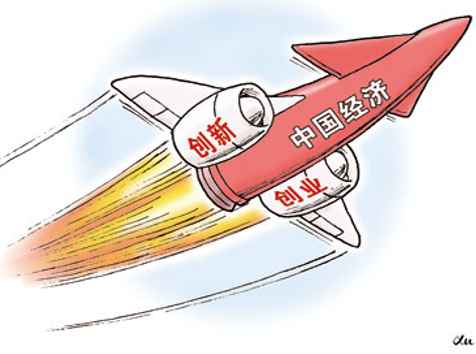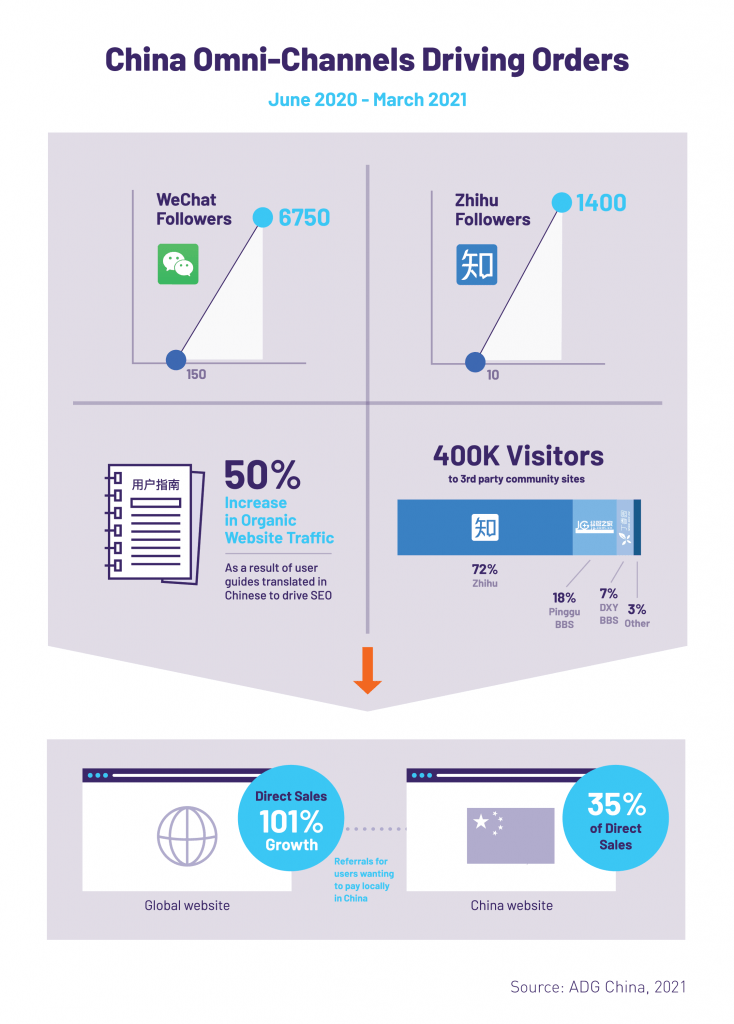China innovation and globalization explosion
Written by ADG China
12/21/2017

China innovation is accelerating and being driven by multiple converging factors including:
- VC investment is pouring in and is getting close to US VC investment levels
- A huge domestic, mobile first market and user base – to build a launch pad for new business model innovation and global expansion
- A large hungry educated young generation seeking to be the next Jack Ma (Alibaba) or Pony Ma (Tencent)
- Government reforms and support for innovation, entrepreneurs, and “going global”
- Years of accumulating knowledge via cooperation and competition with the global players – including hardware leadership, which is becoming critical for connected devices and Internet of Things (IoT)
With the world’s largest population (~1.4B), second largest economy ($11.2T vs US’s $18.6T), and a mobile internet population of over 800 million users, the challenges and opportunities posed by China for Western technology companies have never been greater. China innovation across many key consumer and enterprise technology sectors and its really just starting – including in areas like mobile, cloud, SaaS, IoT, AI, big data, fintech, adtech, VR/AR, drones, and robotics.
In mobile payments there are over 600 million users which over the last year spent more than $6 trillion using their phones. That’s 50 times as much as the US and in many areas cash is not even accepted. The massive use of mobile payments is one of the drivers for huge sources of data for artificial intelligence (AI) and machine learning as well as new credit scoring models. The China mobile payments space is dominated by Alibaba affiliated Alipay and Tencent’s WeChat Pay and they are both now expanding globally – in part supported by the flood of Chinese outbound tourists but even more so due to the attraction to bring their new models and services to emerging and advanced economies.
China is taking advantage of its years of focusing on hardware manufacturing and now with connected devices and Internet of Things (IoT) solutions exploding, China technology companies are integrating software and platforms with hardware creating new products and business models with speed. China’s DJI controls about 70% of the global commercial drone market and recently acquired a majority stake in Hasselblad, the iconic Swedish camera firm.
Similarly, leveraging hardware, software, platforms, and payments – China is innovating and dominating in bike sharing and other sharing economy solutions. China is the No 1 bike sharing market with over 100m bike sharing users and is expected to reach 200m users by 2021. To put this in perspective, in one day in China over 20 million people rode a Mobike which is greater than all of the us shared bike rides in a year. China’s Mobike and Ofo are leading the way and are already global – each having raised over $1B in VC investment.
Robotics and Electric Vehicles are another area of massive innovation and growth. Robotics is a central focus in the China government’s “Made in China” plan to be a world leader in the space and there are now over 800 China start-up robotics companies – many taking advantage of government incentives and support. China is the largest user of robotics in the world – and will consume about 40% of worldwide robotics sales by 2019. China’s Midea spent about $4 billion to buy top German robotics players Kuka AG – a trend that is just starting.
Regarding automobile and vehicle innovation, China is now the No 1 market for electric and hybrid cars, accounting for roughly half of global sales – with a vast majority of vehicles made in China and benefiting from government supporting industry development. There is also large scale investment in autonomous vehicle innovation by the public and private sector (including the big internet companies Alibaba, Tencent, and Baidu) – again leveraging China’s manufacturing, integration, connected device, IOT, and AI skills.
Even in Smartphones where most China device OEMs are using Android, there is innovation around business models and user experience solutions. 12 of the top 15 global smartphone OEMs are China based with Huawei soon to pass Apple in total phones sold.
Tencent’s “super app” WeChat is yet another interesting case of China innovation – basically providing the functionality of Facebook, WhatsApp, Twitter, PayPal, Amazon (w JD), Yelp (w Dianping), Tinder, Slack, Uber (with Didi), Groupon, among others and can be used to pay utilities, make calls, manage investment portfolios, make doctor appointments, and more. Tencent is now valued at over $500B and Chinese users spend roughly 30 percent of their smartphone time using WeChat. In a reverse of the past, many of WeChat’s features and functions are being copied by leading Western tech companies.
There are many other areas of technology innovation coming from China companies – in artificial intelligence, networking solutions, quantum computing, eCommerce, Semiconductors, Cleantech, and more.
With so many aggressive China companies and entrepreneurs backed by plenty of capital and government support – the challenges for Western technology are mounting. Pricing pressures are effecting margins, China companies are moving higher up the technology value chain and expanding into emerging markets and advanced economies. They are moving fast, iterating products at speeds unheard of in the West, and leveraging a massive home base for global scale.
And while this may concern many Western technology executives and policy makers – all of this China innovation and growth and entrepreneurial spirt is providing unprecedented opportunities for the Western technology companies ready, willing, and able to take advantage of it.
China companies have a huge appetite for Western niche technology solutions and partnerships with Western sector leaders which can help them fill their solution and portfolio gaps or help them compete against other China leaders. They are seeking access to international markets and access to technology and brands for use in China and globally. China corporates and investors are becoming more and more important sources of capital for Western start-ups and growth stage companies and increasingly becoming attractive acquirers – including for divestments.
We are seeing a rapidly growing and more mature set of China private companies increasingly wanting to engage Western partners for strategic cooperation. Whether developing cross-border alliances or joint ventures, licensing technology and intellectual property, or leveraging Western technology and companies to help them compete and expand globally, the scale of options and China partners presents very interesting investments worthy of attention.



